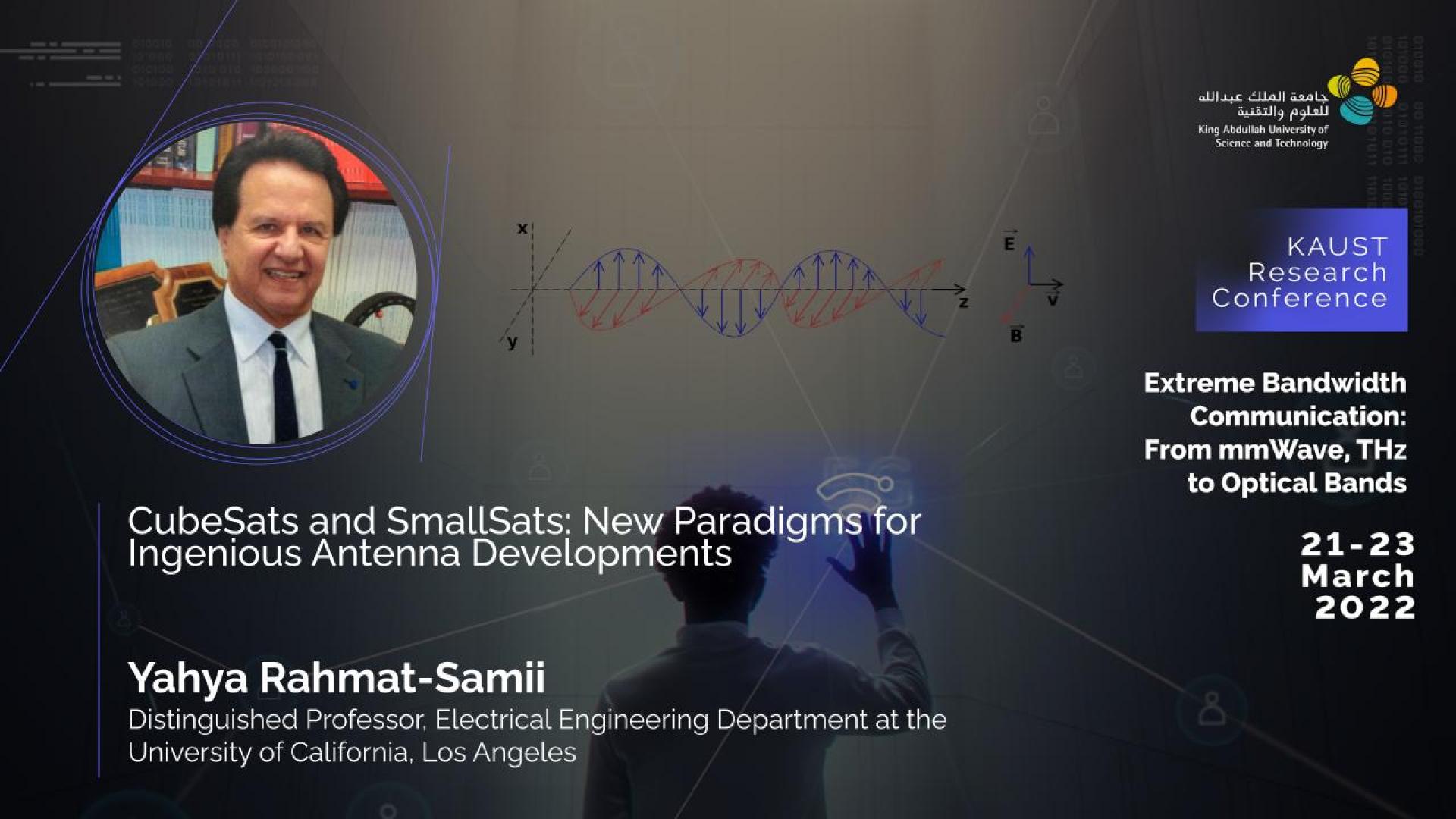Abstract
CubeSats and SmallSats have resulted in tremendous amounts of excitement within research, industry and defense communities. They are responsible for a remarkable revolution in the arena of satellites for diverse applications. Their small size and low cost have enabled space missions which seemed impossible with the conventional satellites. To further enhance the potential of CubeSats and SmallSats ingenious antenna developments play paramount roles in meeting the demanding data-rate and spatial resolution requirements for future missions. To achieve these objectives tradeoff between mechanical complexity and RF performance are resulting into amazing opportunities for antenna engineers to be innovative. Many of the earlier missions have utilized low-gain antennas due to their ease of mechanical integration; however, emerging CubeSats and SmallSats missions require high-gain antennas that can be stored in a small volume during launch and deploy reliably in space. This plenary talk highlights the challenges and opportunities that CubeSats and SmallSats create for antenna engineers. Notably emphasis will be on some out-of-the-box concepts that have been recently developed to facilitate advanced space missions. The talk will focus on the design of deployable high gain aperture antennas that can meet the demands of remote sensing, deep space missions and Internet of Space (IoS) with particular importance to the design tradeoffs based on some ingenious concepts relying on mesh deployable reflector antennas, reflectarray antenna, 3-D printed lens antennas and others. With the outlooks of affordable space missions and global connectivity becoming a reality, we must look forward to many more developments in the field of antenna engineering tailored for CubeSats and SmallSats. Some representative papers published by the speaker are listed below for the interested readers.
Y. Rahmat-Samii, V. Manohar and J.M. Kovitz, "For Satellites, Think Small, Dream Big: A review of recent antenna developments for CubeSats," IEEE Antennas and Propagation Magazine, vol. 59, no. 2, pp. 22-30, February 2017.
Y. Rahmat-Samii, V. Manohar and J.M. Kovitz, "Novel antenna concepts and developments for CubeSats," in Developments in Antenna Analysis and Design: Volume 2, eds. Raj Mittra IET, 2018.
Y. Rahmat-Samii, V. Manohar, J. M. Kovitz, R. E. Hodges, G. Freebury and E. Peral,, "Development of Highly Constrained 1 m Ka-Band Mesh Deployable Offset Reflector Antenna for Next Generation CubeSat Radars," IEEE Transactions on Antennas and Propagation, vol. 67, no. 10, pp. 6254-6266, October 2019.
A. Papathanasopoulos, Y. Rahmat-Samii, N.C. Garcia, and J.D. Chisum, "A Novel Collapsible Flat-Layered Metamaterial Gradient-Refractive-Index Lens Antenna," IEEE Transactions on Antennas and Propagation, vol. 68, no. 3, pp. 1312-1321, March 2020.
S. Gao, Y. Rahmat-Samii, Richard E. Hodges and Xue-Xia Yang, "Advanced Antennas for Small Satellites," Proceedings of the IEEE , vol. 106, no. 3, pp. 391 - 403, March 2018.
Brief Biography
Yahya Rahmat-Samii is a Distinguished Professor, a holder of the Northrop-Grumman Chair in electromagnetics, a member of the U.S. National Academy of Engineering (NAE), a Foreign Member of the Chinese Academy of Engineering (CAE) and the Royal Flemish Academy of Belgium for Science and the Arts, the winner of the 2011 IEEE Electromagnetics Field Award, and the Former Chairman of the Electrical Engineering Department, University of California at Los Angeles (UCLA), Los Angeles, CA, USA. He was a Senior Research Scientist with the Caltech/NASA’s Jet Propulsion Laboratory. He has authored or coauthored more than 1100 technical journal articles and conference articles and has written over 35 book chapters and seven books. He has more than 20 cover-page IEEE publication articles.
Dr. Rahmat-Samii is a fellow of IEEE, AMTA, ACES, EMA, and URSI. He was a recipient of the Henry Booker Award from URSI, in 1984, which is given triennially to the most outstanding young radio scientist in North America, the Best Application Paper Prize Award (Wheeler Award) of the IEEE Transactions on Antennas and Propagation in 1992 and 1995, the University of Illinois ECE Distinguished Alumni Award in 1999, the IEEE Third Millennium Medal and the AMTA Distinguished Achievement Award in 2000. In 2001, he received an Honorary Doctorate Causa from the University of Santiago de Compostela, Spain. He received the 2002 Technical Excellence Award from JPL, the 2005 URSI Booker Gold Medal presented at the URSI General Assembly, the 2007 IEEE Chen- To Tai Distinguished Educator Award, the 2009 Distinguished Achievement Award of the IEEE Antennas and Propagation Society, the 2010 UCLA School of Engineering Lockheed Martin Excellence in Teaching Award, and the 2011 campus-wide UCLA Distinguished Teaching Award. He was also a recipient of the Distinguished Engineering Educator Award from The Engineers Council in 2015, the John Kraus Antenna Award of the IEEE Antennas and Propagation Society and the NASA Group Achievement Award in 2016, the ACES Computational Electromagnetics Award and the IEEE Antennas and Propagation S. A. Schelkunoff Best Transactions Prize Paper Award in 2017, and the prestigious Ellis Island Medal of Honor in 2019. The medals are awarded annually to a group of distinguished U.S. citizens who exemplify a life dedicated to community service. These are individuals who preserve and celebrate the history, traditions, and values of their ancestry while exemplifying the values of the American way of life and are dedicated to creating a better world.
He has had pioneering research contributions in diverse areas of electromagnetics, antennas, measurement and diagnostics techniques, numerical and asymptotic methods, satellite and personal communications, human/antenna interactions, RFID and implanted antennas in medical applications, frequency-selective surfaces, electromagnetic band-gap and meta-material structures, applications of the genetic algorithms and particle swarm optimizations. His original antenna designs are on many NASA/JPL spacecrafts for planetary, remote sensing, and Cubesat missions. He is the Designer of the IEEE Antennas and Propagation Society logo which is displayed on all IEEE AP-S publications. He was the 1995 President of the IEEE Antennas and Propagation Society and 2009–2011 President of the United States National Committee (USNC) of the International Union of Radio Science (URSI). He has also served as an IEEE Distinguished Lecturer presenting lectures internationally.

